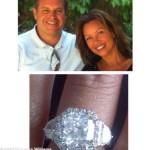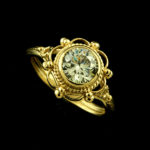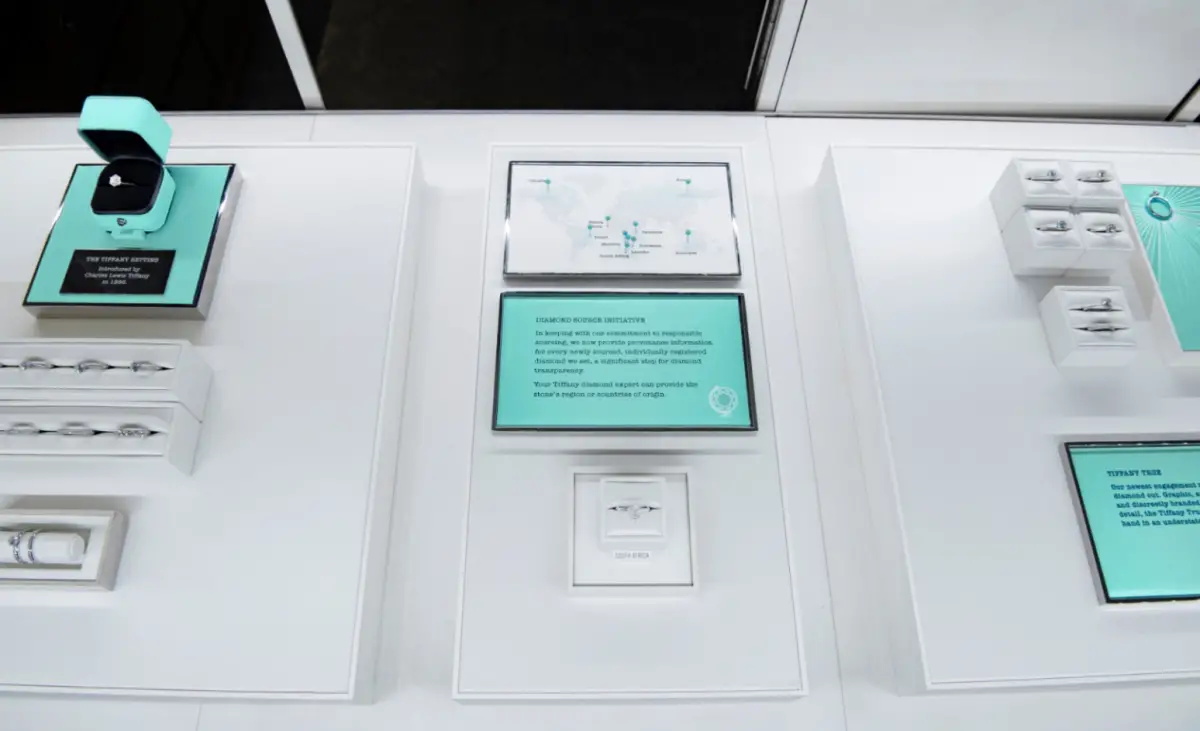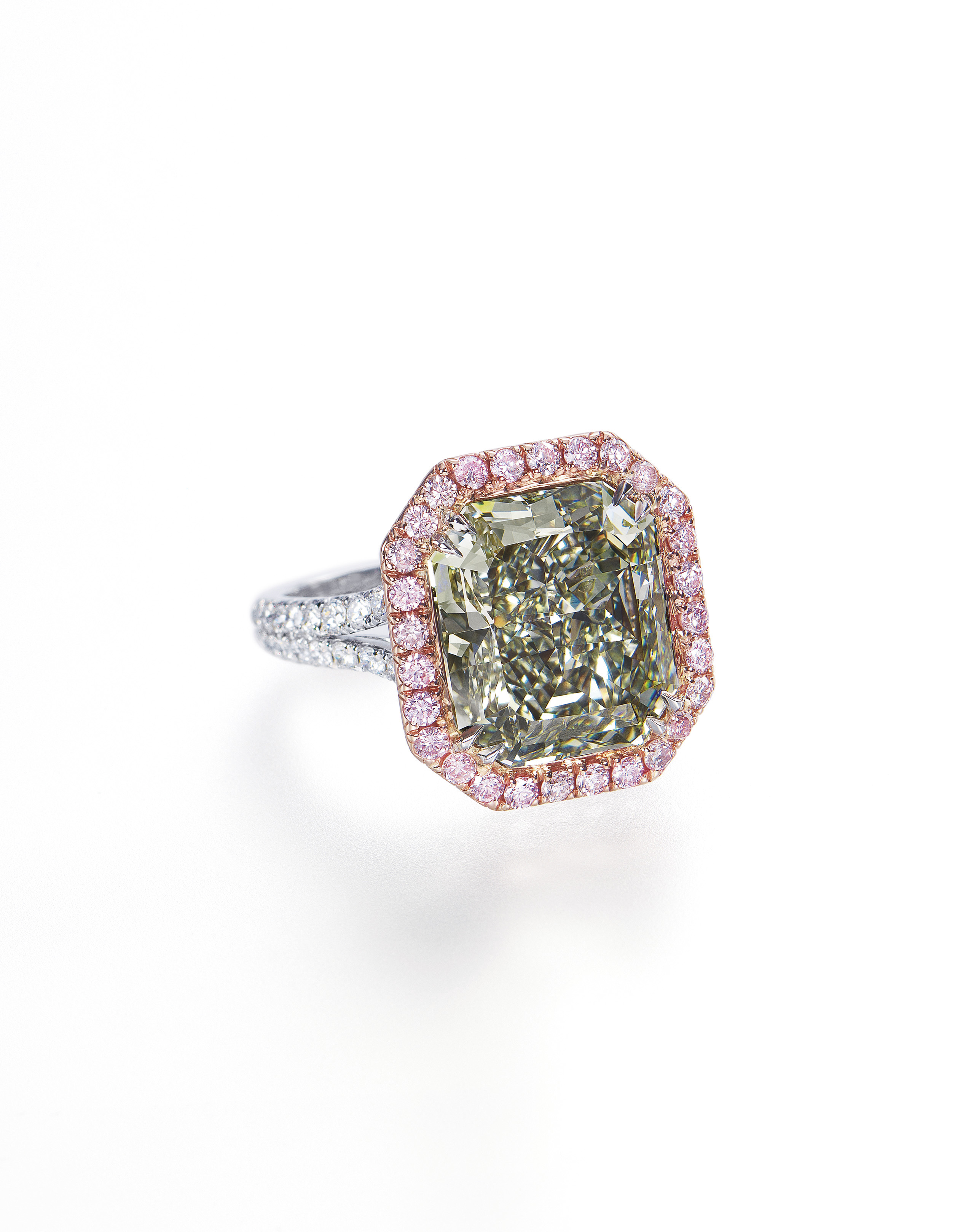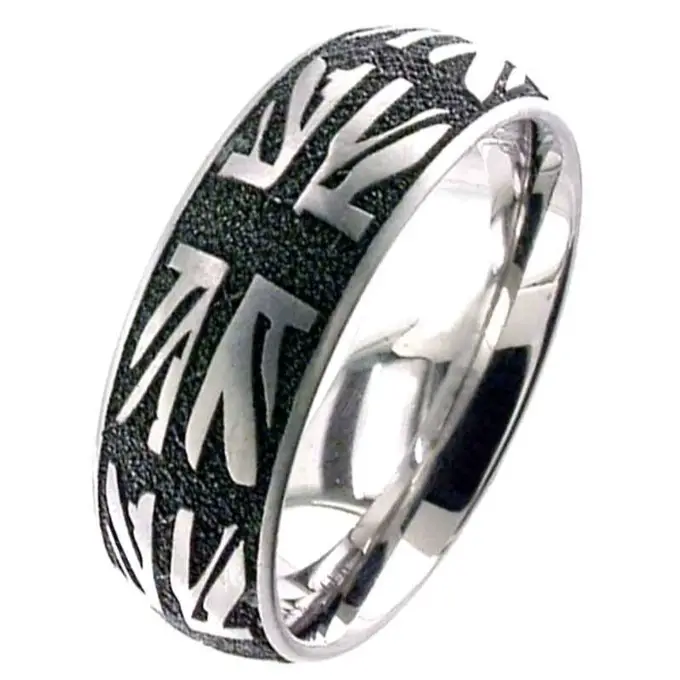The Federal Trade Commission is responsible for protecting America’s consumers and promoting competition. For over a century they have been developing policies, collaborating with law enforcement, conducting investigations and doing a whole lot more to stop unfair, fraudulent or deceptive practices in the marketplace. Think of them as the shopping police.
It was only a matter of time before they set their sights on the diamond trade, known for its many issues such as conflict diamonds and undeclared gem treatments. Last week the FTC made a bold move that is set to cause significant upheaval in the diamond world – amending the definition of ‘diamond’.
Up until now the definition of a diamond – according to the FTC – has been this: ‘a diamond is a natural mineral consisting essentially of pure carbon crystallised in the isometric system’. Note that this definition makes no mention of ‘gem’ or ‘gemstone’. Both terms were banned after extensive lobbying by diamond industry figures, basically to stop cheaper synthetic stones getting the upper hand.
In this new decision, the definition has been amended to omit the word ‘natural’ and regulations have been amended to lift the ban on the ‘g’ word. Jewellery retailers of natural and synthetic diamonds alike can now use ‘gemstone’ or ‘gem’ in their marketing materials to their heart’s content, but with some restrictions. If a gem is synthetic, it MUST be made clear that it was grown in a lab and not mined from the earth.
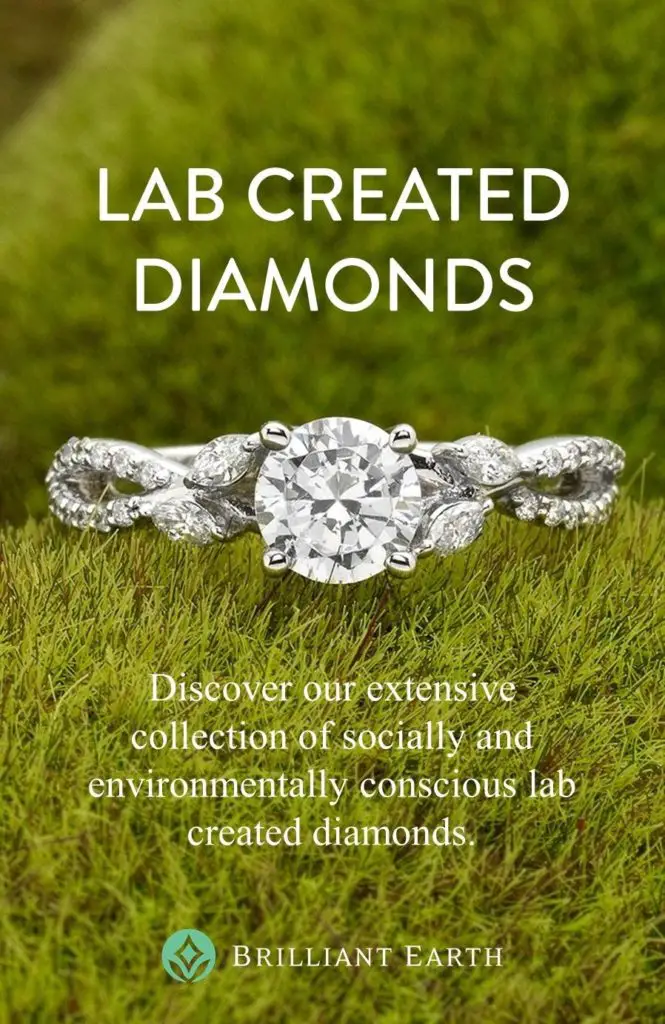
So what’s the fuss all about? This is a major step forward for the lab diamond industry. It cements their place as a viable, desirable jewellery choice for consumers and removes previous blockades to stop them gaining any major advantage. But according to the FTC, the decision was more about keeping up with recent changes in the industry. They said:
“When the commission first used this definition in 1956, there was only one type of diamond product on the market – natural stones mined from the earth. Since then, technological advances have made it possible to create diamonds in a laboratory. These stones have essentially the same optical, physical and chemical properties as mined diamonds. Thus, they are diamonds.”
It makes total sense if you ask us, but some traditional diamond jewellers are understandably not too happy. They’ll need to up their marketing game to maintain a competitive edge in the industry. So in a nutshell, things are about to get a whole lot more interesting in the world of diamonds. You’ll see marketing campaigns for lab grown diamonds all over the place, and similar campaigns from natural diamonds, dare we say, struggling to keep up?
Watch this space.




